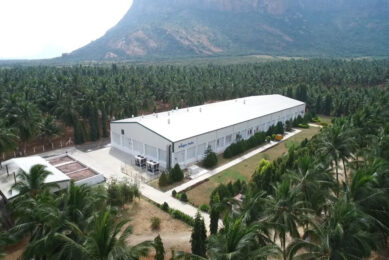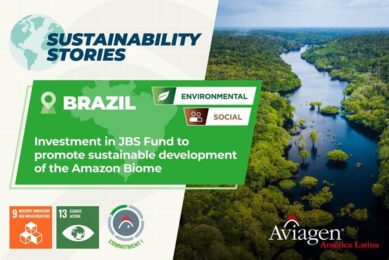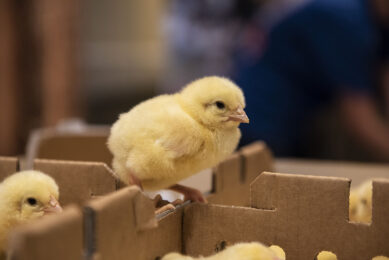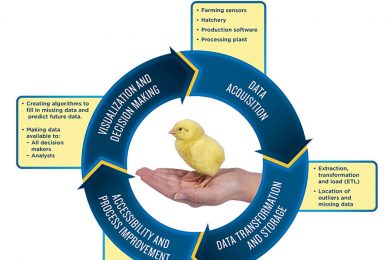The 1st edition of Poultry World 2018 is now online
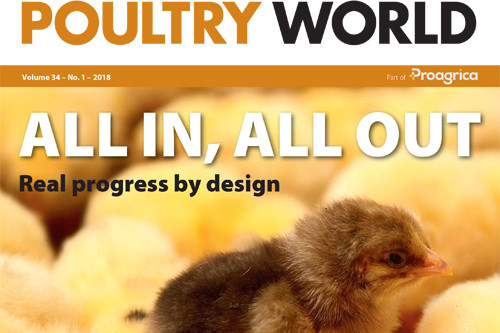
A new year brings new challenges. That is surely the case in Europe, where the EU banned the use of formaldehyde in poultry feed. Poultry World delves into the matter and gives you all the ins and outs.
Since the start of 2018 the use of formaldehyde in poultry has been banned. Formaldehyde can no longer be used as a preservative and hygiene condition enhancer there is a huge potential of increasing Salmonella risks. Read more on this story on pages 6-8.
Our expert Ken Marshall sheds his light on the ideal housing system. ‘One age, one site’, is his expert opinion on how to keep a poultry operation profitable and free of disease (pages 11-13).

Furthermore, for all our readers who are fond of numbers, we feature 3 articles on data. One on blockchain technology (pages 21-22), one on the analysis of broiler data in cooperation with Aviagen (pages 25-26) and an expert piece on incubation (pages 28-32).
To read all the articles in this issue, go to the magazine overview page and sign up with your current website login.







